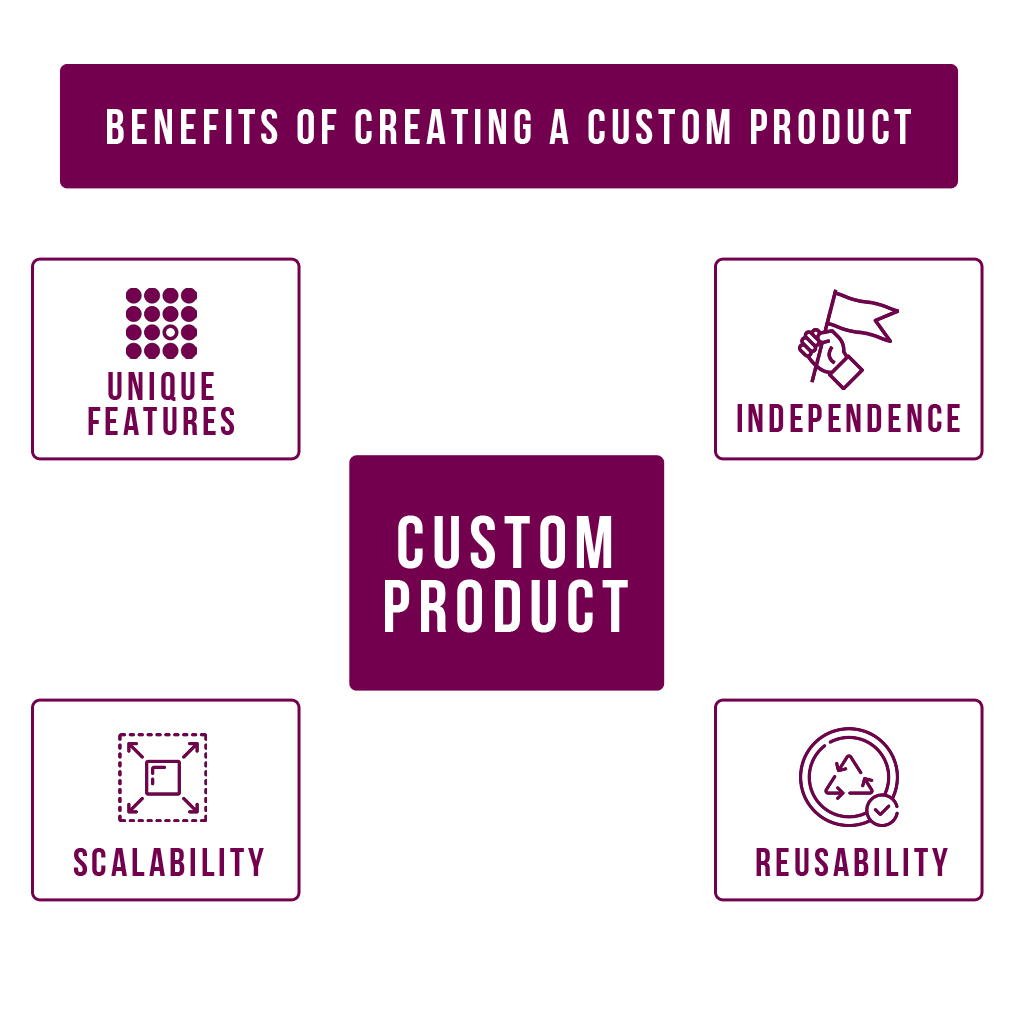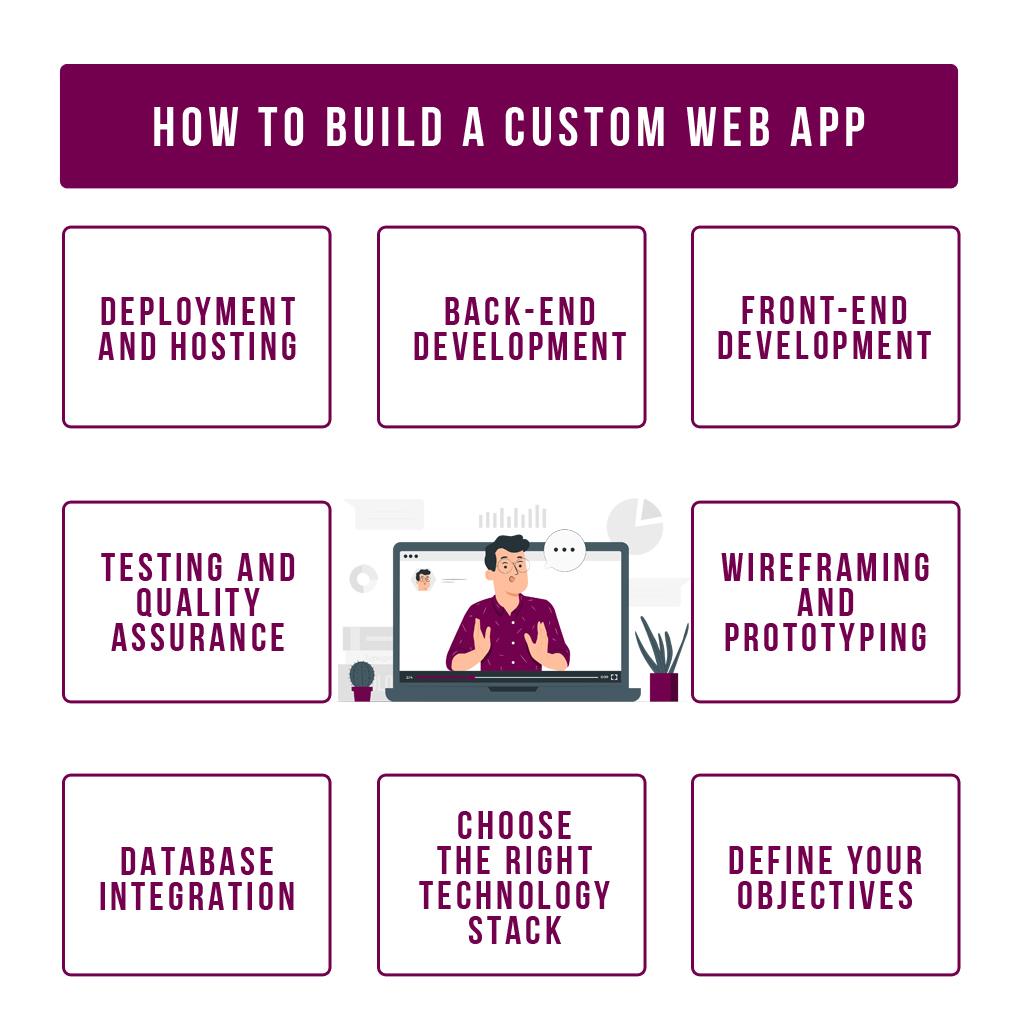Tailored web applications provide special features, scalability, and an ideal match for your business procedures. They can be made to adapt to the changing needs of your company and effortlessly interact with current systems.

Custom web application development is the art and science of creating unique, purpose-built software solutions that cater precisely to the distinct needs of businesses or organizations. App Ringer, our commitment to excellence in custom web application development is unwavering. We understand that every enterprise has its own set of challenges and goals, and that’s why we offer a personalized approach to crafting web applications. Our team of skilled developers at App Ringer collaborates closely with clients, conducting in-depth consultations to comprehend their specific requirements and objectives. We convert these insights into fully customized web applications via a painstaking process of planning, coding, and deployment. Through the utilization of state-of-the-art technologies and creative design, we guarantee that our clients obtain not only a resolution but also a competitive edge in the digital domain. At App Ringer, we take pride in creating custom web apps that not only satisfy our clients’ specific needs but also go above and beyond their expectations, giving them a strong tool to succeed in the fast-paced commercial world of today.
Let’s break the whole term- custom web application word by word and look at its meaning.
Thus, a unique digital product that can be accessible online and offers users a variety of capabilities and interaction opportunities is a custom web application.

Coding, design, and testing are all part of the process of developing mobile apps to make sure the user experience is seamless. Apps may improve functionality and user interaction by utilizing device features like touchscreens, accelerometers, GPS, and cameras. They might also provide synchronization with internet services and offline functionality.
With mobile applications, you can easily access information, services, and entertainment while on the go, making them an indispensable aspect of modern living. As mobile technology develops and developers come up with creative ways to satisfy different customer wants and preferences, their importance only grows.
Different programs can be integrated together and share data, functionality, and services with ease thanks to web services. They are essential to the development of contemporary software and websites because they make it easier to create dispersed, networked systems that can effectively communicate and work together via the internet.


Creating a personalized web application is a liberating experience that enables you to bring your original concepts to life digitally. It is possible to develop a customized solution that precisely matches your company’s requirements with meticulous planning and implementation. Let’s get started on the detailed steps involved in creating a unique web application.
A custom web application’s cost is a complex issue that is influenced by a number of variables. The intricacy of the project, including its features, functions, and scope, is a crucial factor in deciding costs. The total cost is also greatly influenced by the technology stack selected, the complexity of the design, and the user experience requirements. The budget may also be impacted by the requirement for scalable architecture, extensive testing procedures, and the incorporation of sophisticated functionality. Costs are also influenced by the development team’s location, communication tools, and project management efficiency. Other components that go into the expenditure include infrastructure needs, hosting options, security protocols, and continuing upkeep. It’s critical to see the expense as an investment in developing a special, customized solution that closely matches the demands and goals of the organization, rather than merely an outlay of cash. A reasonable budget that accurately represents the true cost of creating a bespoke web application will be ensured by working with knowledgeable developers and carrying out a thorough project evaluation.
| M | T | W | T | F | S | S |
|---|---|---|---|---|---|---|
| 1 | 2 | 3 | 4 | 5 | ||
| 6 | 7 | 8 | 9 | 10 | 11 | 12 |
| 13 | 14 | 15 | 16 | 17 | 18 | 19 |
| 20 | 21 | 22 | 23 | 24 | 25 | 26 |
| 27 | 28 | 29 | 30 | 31 | ||
Tailored web applications provide special features, scalability, and an ideal match for your business procedures. They can be made to adapt to the changing needs of your company and effortlessly interact with current systems.
Project scope, complexity, technology stack, design, features, testing specifications, and continuing maintenance are some of the variables that affect the cost. Since every project is different, prices can change depending on what is required.
The complexity of the project determines how long it takes to construct a custom web application. More complex solutions can take several months to complete, whereas simple apps might only take a few weeks. It's critical to comprehend the needs and scope of the project clearly.
The selection of technology is contingent upon the specific demands of the project; nonetheless, popular technologies comprise programming languages like JavaScript, front-end frameworks like React or Angular, and back-end development tools like Django or Node.js. MongoDB and MySQL databases are also commonly used.
When developing a custom online application, security comes first. Data encryption, safe code, and frequent security audits are a few techniques that can be useful. It is crucial to collaborate with knowledgeable engineers who adhere to proper security procedures.
We are a team of artists. We provide professional services in the field of Mobile Applications, Web Applications and everything related to IT services. Turning to us for help once – you can no longer refuse.
© 2019 – 2022 | Made with ❤️ by App Ringer
Recent Comments